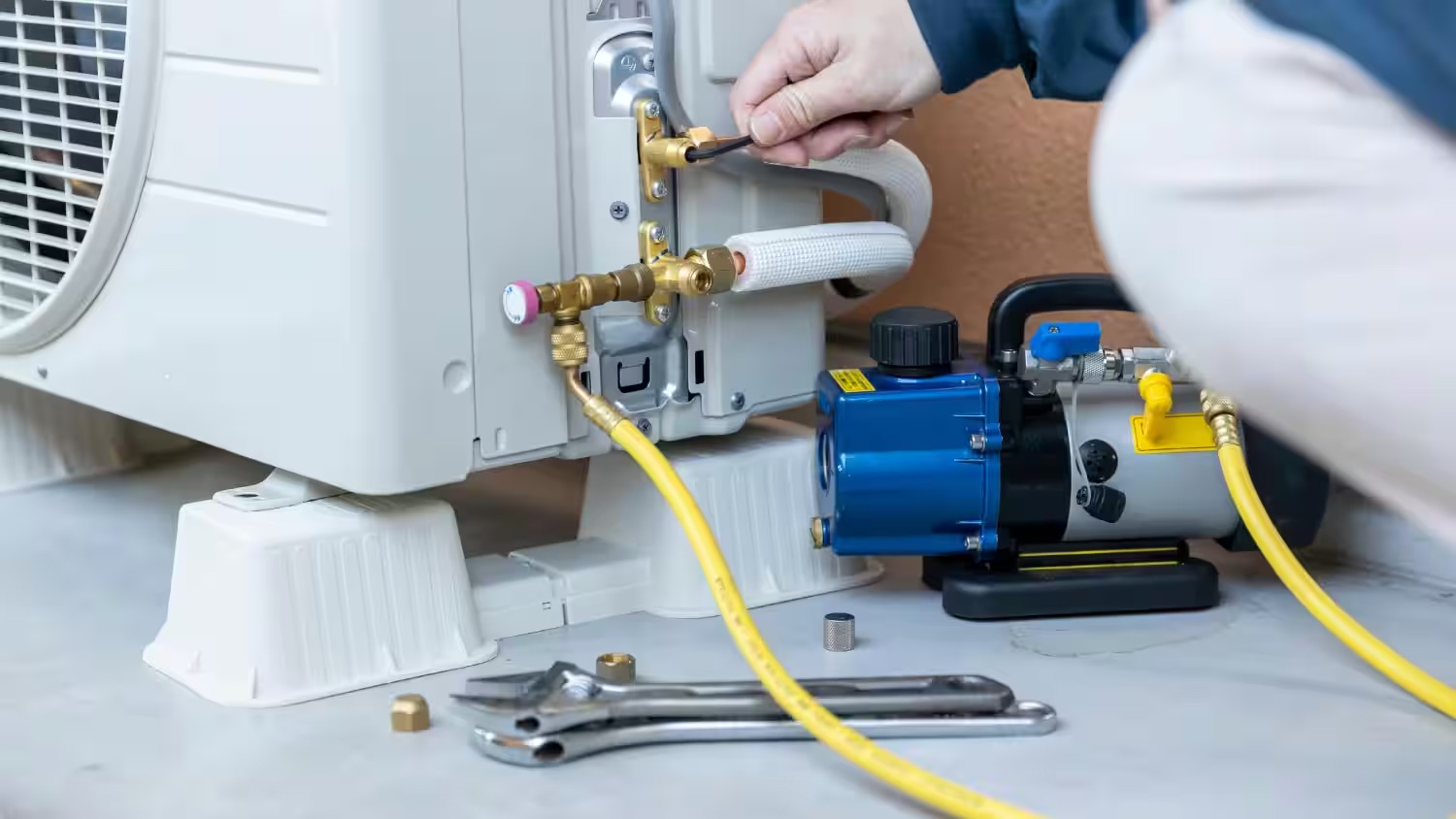

Articles
What Is A Schrader Valve Used For In HVAC
Modified: October 20, 2024
Learn about the role of Schrader valves in HVAC systems. Discover how these valves work and their importance in maintaining optimal performance. Explore more articles on HVAC.
(Many of the links in this article redirect to a specific reviewed product. Your purchase of these products through affiliate links helps to generate commission for Storables.com, at no extra cost. Learn more)
Introduction
Welcome to the world of HVAC systems, where precision and efficiency are key. As you delve into the intricacies of heating, ventilation, and air conditioning, you may come across a small but significant component known as the Schrader valve. While it may seem unassuming, this valve plays a vital role in the performance and functionality of HVAC systems.
In this article, we will explore what a Schrader valve is and its importance in HVAC systems. We will examine its function, components, maintenance requirements, and common issues faced. By the end, you will have a comprehensive understanding of the role a Schrader valve plays in keeping your HVAC system running smoothly.
So, let’s dive in and discover the world of Schrader valves in HVAC!
Key Takeaways:
- Schrader valves are essential in HVAC systems for pressure measurement, refrigerant charging, and system maintenance. Regular maintenance ensures accurate readings, efficient refrigerant flow, and prolonged valve lifespan, contributing to overall system reliability and efficiency.
- Understanding the function, types, and common issues of Schrader valves empowers HVAC professionals to troubleshoot and maintain these crucial components. By addressing leaks, clogs, and valve core damage, they can ensure the smooth operation and longevity of HVAC systems.
Read more: How To Use A Schrader Valve Adapter
Definition of a Schrader Valve
A Schrader valve, also known as a tire valve or automotive valve, is a type of valve commonly found in HVAC systems. It was originally designed for use in the automotive industry, specifically for maintaining proper tire pressure in vehicles. Over time, its versatility has led to its adoption in various other applications, including HVAC systems.
The Schrader valve is a small, cylindrical component that consists of a valve stem, a valve core, and a valve cap. It is typically made of brass, with a threaded exterior that allows it to be screwed into the designated opening. The valve core inside the stem controls the flow of air or refrigerant through the valve.
The design of the Schrader valve allows for a simple and efficient way to introduce or extract air or refrigerant from a system. It is a self-sealing valve, meaning that it automatically seals when not in use, preventing any leakage.
The Schrader valve is widely used in HVAC systems to facilitate various functions, such as pressure measurement, refrigerant charging, and system evacuation. Its compatibility with standard service tools makes it a convenient and widely accepted component in the HVAC industry.
Now that we understand the basic definition of a Schrader valve, let’s explore its specific function within HVAC systems.
Function of a Schrader Valve in HVAC Systems
The Schrader valve plays a crucial role in the operation and maintenance of HVAC systems. Its primary function is to provide a connection point for introducing or extracting air or refrigerant from the system. Let’s explore the key functions of a Schrader valve in more detail:
- Pressure measurement: One of the most important functions of a Schrader valve in an HVAC system is to allow for pressure measurement. By attaching a pressure gauge to the valve, HVAC technicians can accurately assess the pressure levels in different parts of the system. This helps in diagnosing potential issues and ensuring optimal performance.
- Refrigerant charging: Another critical function of a Schrader valve is to facilitate the charging of refrigerant into the HVAC system. By connecting a refrigerant hose to the valve, technicians can introduce the appropriate amount of refrigerant into the system. This is essential for maintaining the cooling capacity and efficiency of the HVAC system.
- System evacuation: When installing or servicing an HVAC system, it is often necessary to remove air and moisture from the system. The Schrader valve provides a connection point for attaching a vacuum pump or recovery unit to evacuate the system. This eliminates any contaminants that could affect the performance and longevity of the HVAC system.
- System leak testing: Schrader valves also play a role in leak testing HVAC systems. Using specialized tools, technicians can pressurize the system and monitor the pressure drop. If there is a significant decrease in pressure, it indicates a potential leak that needs to be addressed promptly.
- System service and maintenance: Schrader valves allow technicians to easily access different components of the HVAC system for service and maintenance purposes. Whether it is connecting a hose for flushing the system, replacing a faulty component, or checking valve operation, the Schrader valve provides a convenient access point.
Overall, the function of a Schrader valve in HVAC systems is to provide a versatile and reliable connection point for various tasks, including pressure measurement, refrigerant charging, system evacuation, leak testing, and system maintenance. Its efficiency, ease of use, and compatibility with standard tools make it an indispensable component in the HVAC industry.
Next, let’s explore the components that make up a Schrader valve.
Components of a Schrader Valve
A Schrader valve consists of several essential components that work together to ensure its proper function and reliability. Understanding these components can help us grasp the inner workings of a Schrader valve in HVAC systems. Let’s explore the key components:
- Valve Stem: The valve stem is the cylindrical body of the Schrader valve that protrudes from the HVAC system. It is typically threaded to allow for easy installation and removal. The valve stem acts as the main pathway for air or refrigerant flow.
- Valve Core: The valve core is a small, removable component that is located inside the valve stem. It controls the flow of air or refrigerant through the valve. When the valve core is depressed, it opens the valve and allows for the passage of fluid. When the core is released, it springs back into place, sealing the valve and preventing any leakage.
- Valve Cap: The valve cap is a protective cover that threads onto the valve stem. It helps to keep dirt, debris, and moisture out of the valve, ensuring its longevity and preventing any potential contamination. The valve cap also acts as an additional seal to prevent any leakage.
- O-Ring: The O-ring is a rubber or elastomeric ring that provides a secure and watertight seal between the valve stem and the HVAC system. It helps to prevent any leakage or loss of pressure.
- Core Retainer: The core retainer is a small component that holds the valve core in place inside the valve stem. It ensures that the core is properly seated and prevents any accidental dislodging during operation or maintenance.
These components work together to create a reliable and efficient Schrader valve in HVAC systems. The valve stem provides the path for fluid flow, while the valve core controls the opening and closing of the valve. The valve cap and O-ring provide additional sealing and protection, while the core retainer ensures the stability of the valve core.
Now that we understand the key components of a Schrader valve, let’s explore the different types of Schrader valves used in HVAC systems.
When using a Schrader valve in HVAC, always make sure to use the proper tools and techniques to prevent leaks and ensure proper functioning of the system. Regular maintenance and inspection of the valve is also important to avoid any issues.
Types of Schrader Valves Used in HVAC
There are different types of Schrader valves used in HVAC systems, each designed to meet specific requirements and applications. Let’s explore some of the commonly used types:
- Standard Schrader Valve: This is the most common type of Schrader valve used in HVAC systems. It has a standard size and thread pattern, making it compatible with standard service tools and fittings. The standard Schrader valve is used for pressure measurement, refrigerant charging, system evacuation, and general maintenance tasks.
- High-Flow Schrader Valve: The high-flow Schrader valve is designed for applications that require a higher flow rate of air or refrigerant. It has a larger diameter and a modified internal design to facilitate faster and more efficient fluid flow. High-flow Schrader valves are commonly used in large HVAC systems or when there is a need for quick evacuation or charging of refrigerant.
- Access Port Schrader Valve: Access port Schrader valves are specifically designed for easy access to specific points in an HVAC system. They are often used in locations where regular maintenance or troubleshooting is required. Access port Schrader valves are equipped with a cap that allows for quick and convenient connection of service tools without the need for removing the valve cap.
- Low-Loss Schrader Valve: Low-loss Schrader valves are designed to minimize refrigerant loss during the servicing or maintenance of HVAC systems. They have a built-in valve mechanism that prevents refrigerant from escaping when a service tool or gauge is disconnected. Low-loss Schrader valves help to maintain system efficiency and prevent unnecessary refrigerant waste.
- Core Removal Schrader Valve: Core removal Schrader valves are equipped with a special valve core tool that allows for quick and easy removal of the valve core. This type of valve is commonly used when a technician needs to evacuate the system quickly or perform tasks that require complete removal of the valve core.
These are just a few examples of the types of Schrader valves used in HVAC systems. Each type serves a specific purpose, whether it is for standard maintenance, high-flow applications, easy access, preventing refrigerant loss, or quick core removal.
Now that we understand the different types of Schrader valves, let’s discuss the importance of proper maintenance for these valves in HVAC systems.
Read more: What Is A Sight Glass Used For In HVAC
Importance of Proper Maintenance of Schrader Valves
Maintaining the functionality and efficiency of HVAC systems is crucial for optimal performance and longevity. One often overlooked but essential aspect of maintenance is the proper care and attention given to Schrader valves. Here are the key reasons why maintaining Schrader valves is important:
- Prevention of Leakage: Schrader valves, like any other component, can develop leaks over time. These leaks can lead to a loss of pressure in the system, reduced performance, and increased energy consumption. Regular maintenance, including checking for visible leaks and ensuring proper valve sealing, helps prevent such issues and avoids unnecessary energy wastage.
- Accurate Pressure Measurements: Schrader valves are key in obtaining accurate pressure measurements in HVAC systems. If the valve is worn, damaged, or not properly seated, it can affect the accuracy of pressure readings. Routine maintenance ensures that the valve is in good condition and provides reliable pressure measurements for troubleshooting and system optimization.
- Efficient Refrigerant Charging: Properly functioning Schrader valves are essential for efficient and accurate refrigerant charging. If the valve core is clogged, damaged, or worn out, it can hinder the flow of refrigerant, leading to undercharging or overcharging of the system. Regular maintenance, including cleaning or replacing faulty valve cores, facilitates proper refrigerant charge levels and optimal system performance.
- Prevention of Contamination: HVAC systems are susceptible to contamination from external factors such as dirt, debris, and moisture. Schrader valves, with their exposed design, are particularly vulnerable. Regular maintenance involves cleaning the valve and its surroundings, ensuring that no foreign particles or moisture enter the system through the valve, thereby reducing the risk of system contamination.
- Extended Valve Lifespan: Like any mechanical component, Schrader valves have a limited lifespan. However, proper maintenance can significantly extend their durability. Regular cleaning, lubrication, and inspection help prevent premature wear and corrosion, ensuring that the valves operate smoothly and have a longer service life.
By prioritizing the maintenance of Schrader valves in HVAC systems, you ensure their proper functioning, accurate pressure measurements, efficient refrigerant charging, prevention of contamination, and extended lifespan. This, in turn, contributes to the overall performance, energy efficiency, and cost-effectiveness of the HVAC system.
Now let’s explore some common issues and troubleshooting techniques related to Schrader valves in HVAC systems.
Common Issues and Troubleshooting with Schrader Valves in HVAC
While Schrader valves are relatively simple components, they can encounter certain issues over time that can affect their performance and the overall functionality of HVAC systems. Here are some common issues and troubleshooting techniques associated with Schrader valves:
- Leakage: One of the most common issues with Schrader valves is leakage. If the valve core or the valve stem is worn, damaged, or not properly sealed, it can result in refrigerant or air leakage. To troubleshoot this issue, check for visible signs of leaks, such as oil residue around the valve. If a leak is identified, replacing the valve core or ensuring a proper seal can resolve the problem.
- Clogging or Blockage: Schrader valves can also become clogged or blocked due to dirt, debris, or compressor oil buildup. This can hinder the flow of air or refrigerant through the valve and affect the efficiency of the HVAC system. To fix this issue, carefully clean the valve using a soft brush or compressed air. If the blockage persists, replacing the valve core may be necessary.
- Valve Core Damage: The valve core, being a small and delicate component, is susceptible to damage from mishandling or improper installation. A damaged or misaligned valve core can cause issues with pressure readings, refrigerant charging, and system evacuation. To troubleshoot this problem, inspect the valve core for any signs of damage or misalignment. If necessary, replace the valve core with a new one.
- Sticky Valve: Over time, Schrader valves can become sticky or difficult to depress, making it challenging to connect service tools or hoses. This can be caused by debris or corrosion within the valve. To resolve this issue, carefully clean the valve using a proper cleaning solution and inspect for any signs of corrosion. Applying a small amount of lubricant to the valve stem can help restore smooth operation.
- Valve Cap Issues: The valve cap, although a small component, is crucial for preventing moisture, dirt, and debris from entering the valve. If the valve cap is damaged, missing, or not properly threaded, it can compromise the integrity of the valve and lead to potential issues. Simply replacing the valve cap with a new one or ensuring a proper seal can resolve this problem.
Regular inspection, cleaning, and maintenance of Schrader valves can help prevent many of these common issues. By staying vigilant and addressing any problems promptly, you can ensure the smooth operation and reliability of your HVAC system.
Now that we have explored the common issues and troubleshooting techniques, let’s conclude our discussion on Schrader valves in HVAC.
Conclusion
In conclusion, Schrader valves are small yet significant components in HVAC systems. They serve a crucial role in facilitating pressure measurement, refrigerant charging, system evacuation, and maintenance tasks. The proper functioning of Schrader valves is essential for accurate pressure readings, efficient refrigerant flow, and optimal system performance.
We’ve learned that Schrader valves consist of a valve stem, valve core, valve cap, O-ring, and core retainer. These components work together to create a reliable and self-sealing valve system. Additionally, there are different types of Schrader valves suited for various applications, including standard valves, high-flow valves, access port valves, low-loss valves, and core removal valves.
Proper maintenance of Schrader valves is crucial for preventing leakage, ensuring accurate pressure measurements, efficient refrigerant charging, and prolonging the lifespan of the valves. Regular cleaning, inspection, and replacement of faulty components are essential in troubleshooting common issues such as leaks, clogs, valve core damage, stickiness, and valve cap issues.
By prioritizing the care and maintenance of Schrader valves, HVAC system owners and technicians can ensure the reliability, efficiency, and longevity of their systems. Regular maintenance reduces the risk of system contamination, improves energy efficiency, and avoids unnecessary refrigerant waste.
In conclusion, understanding the function, components, types, maintenance, and troubleshooting techniques related to Schrader valves empowers HVAC professionals to keep their systems running smoothly. By giving due attention to these small but vital components, we can ensure the optimal performance and efficiency of HVAC systems for years to come.
Frequently Asked Questions about What Is A Schrader Valve Used For In HVAC
Was this page helpful?
At Storables.com, we guarantee accurate and reliable information. Our content, validated by Expert Board Contributors, is crafted following stringent Editorial Policies. We're committed to providing you with well-researched, expert-backed insights for all your informational needs.
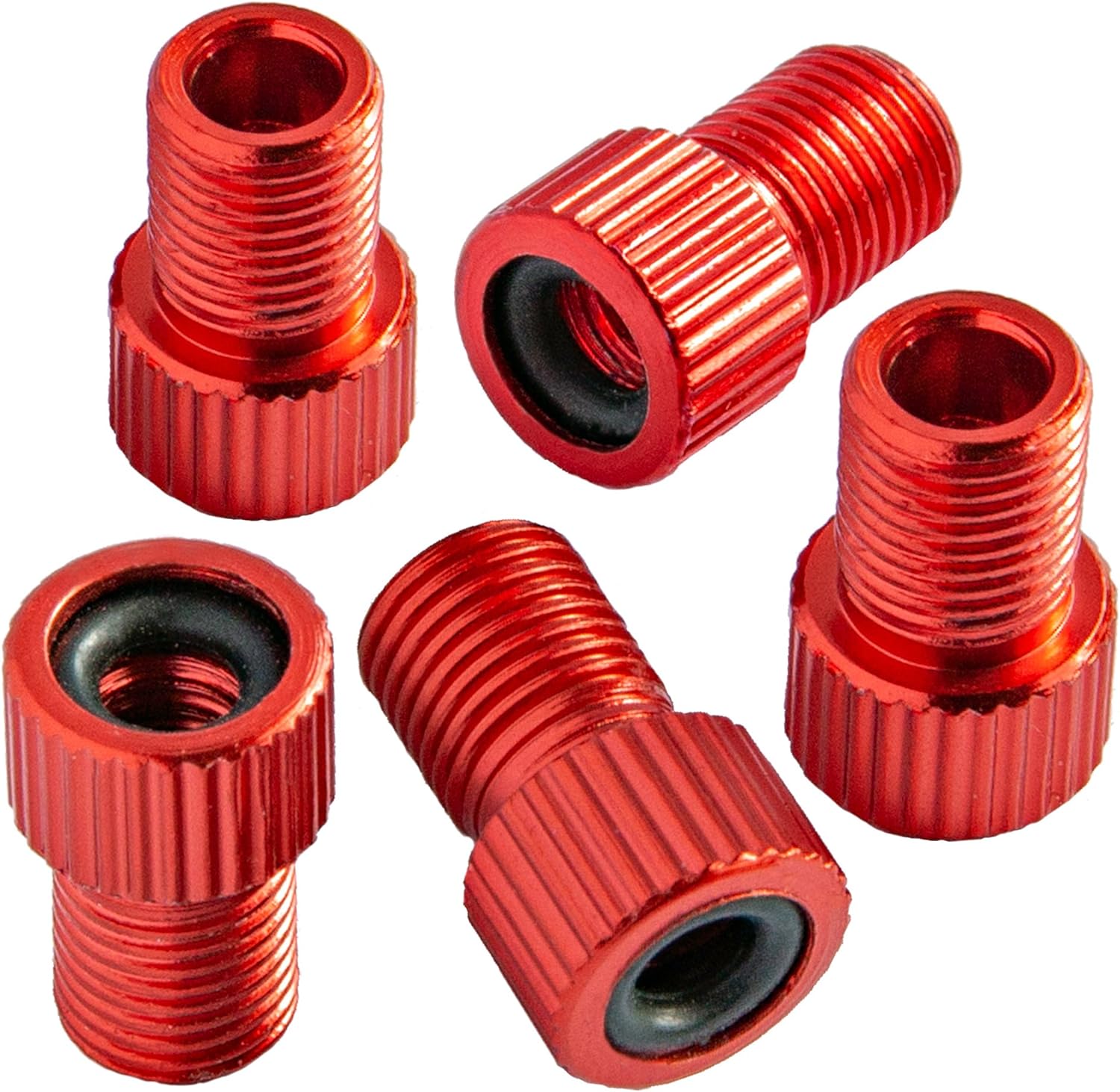

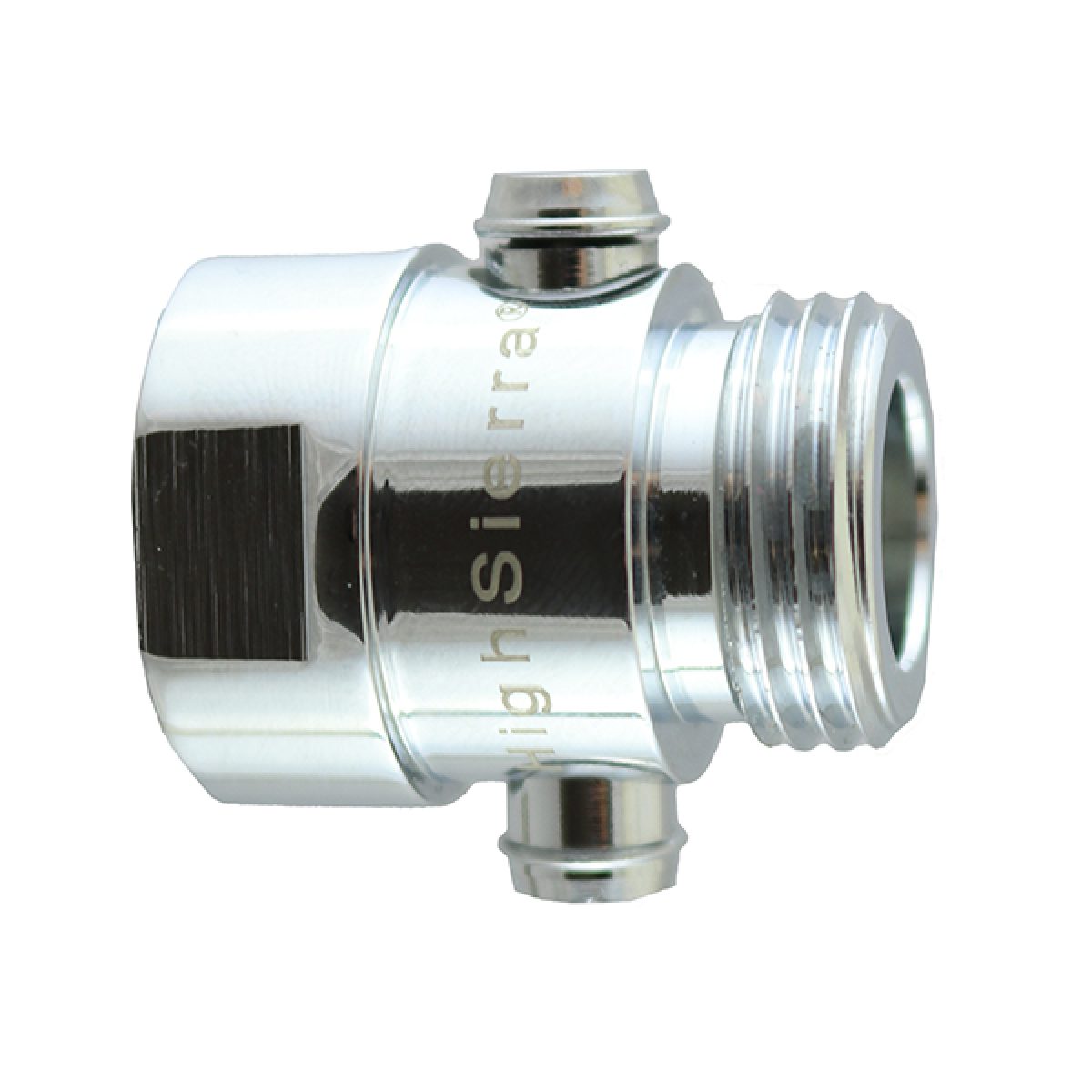

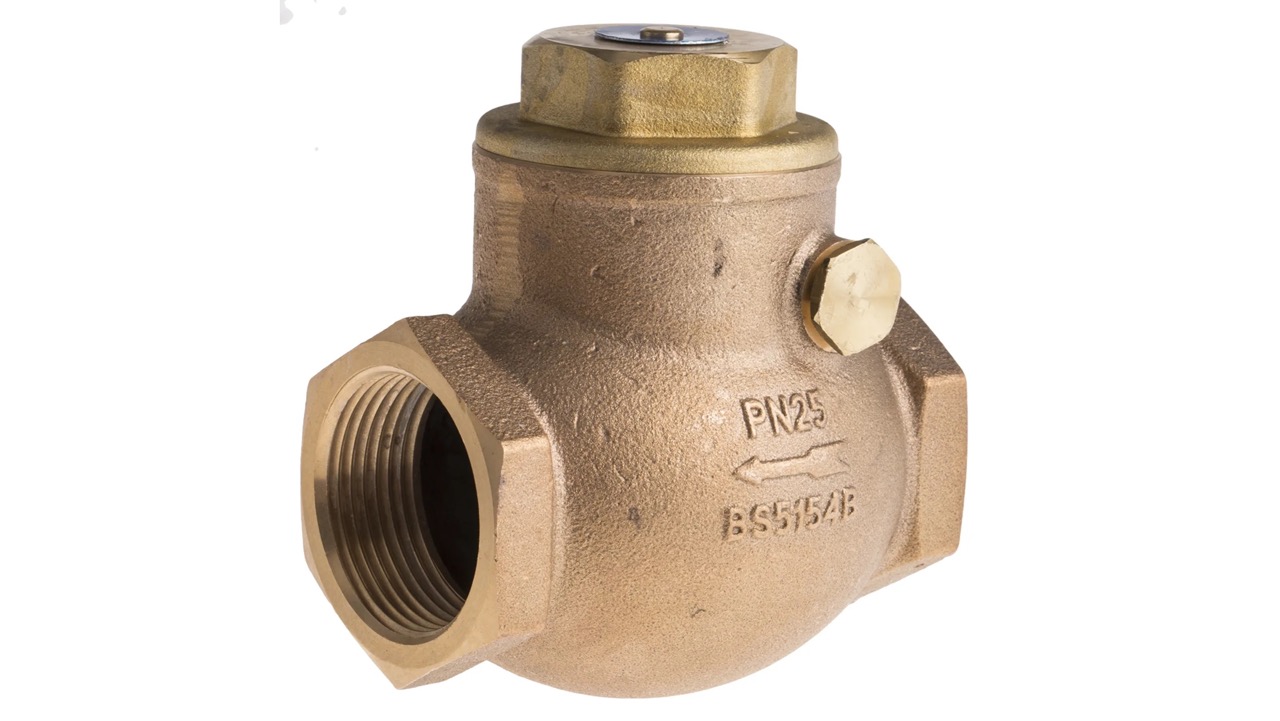
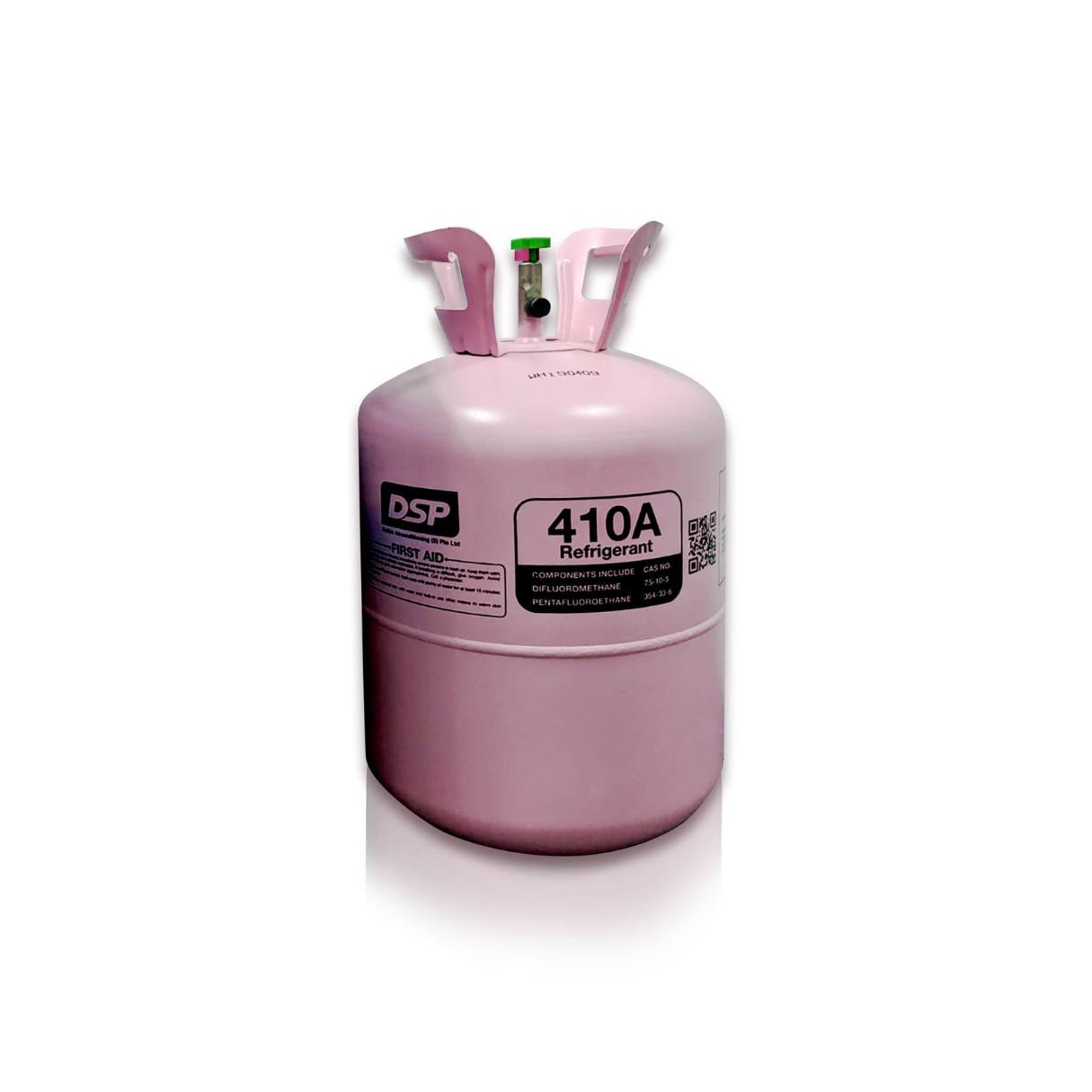

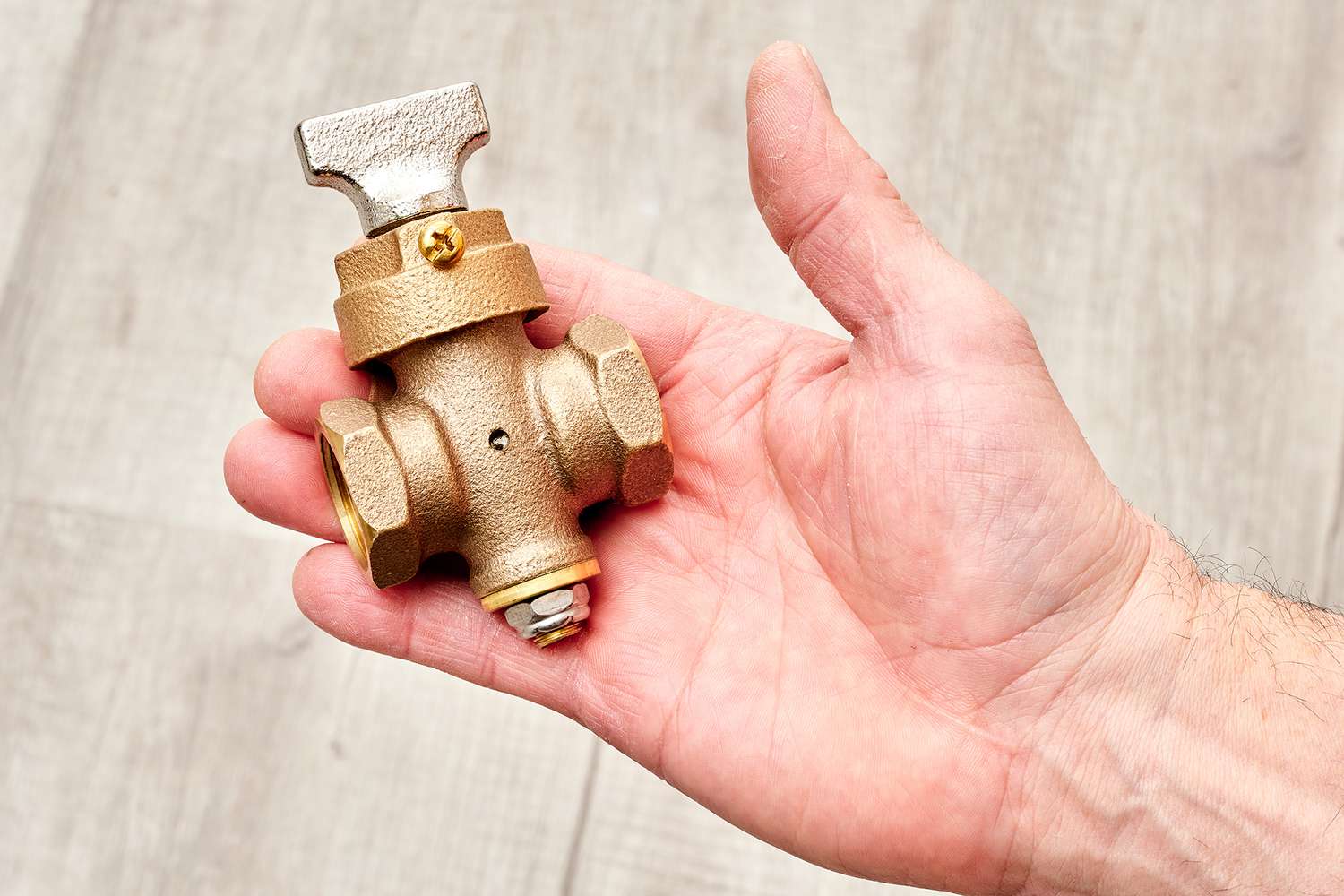
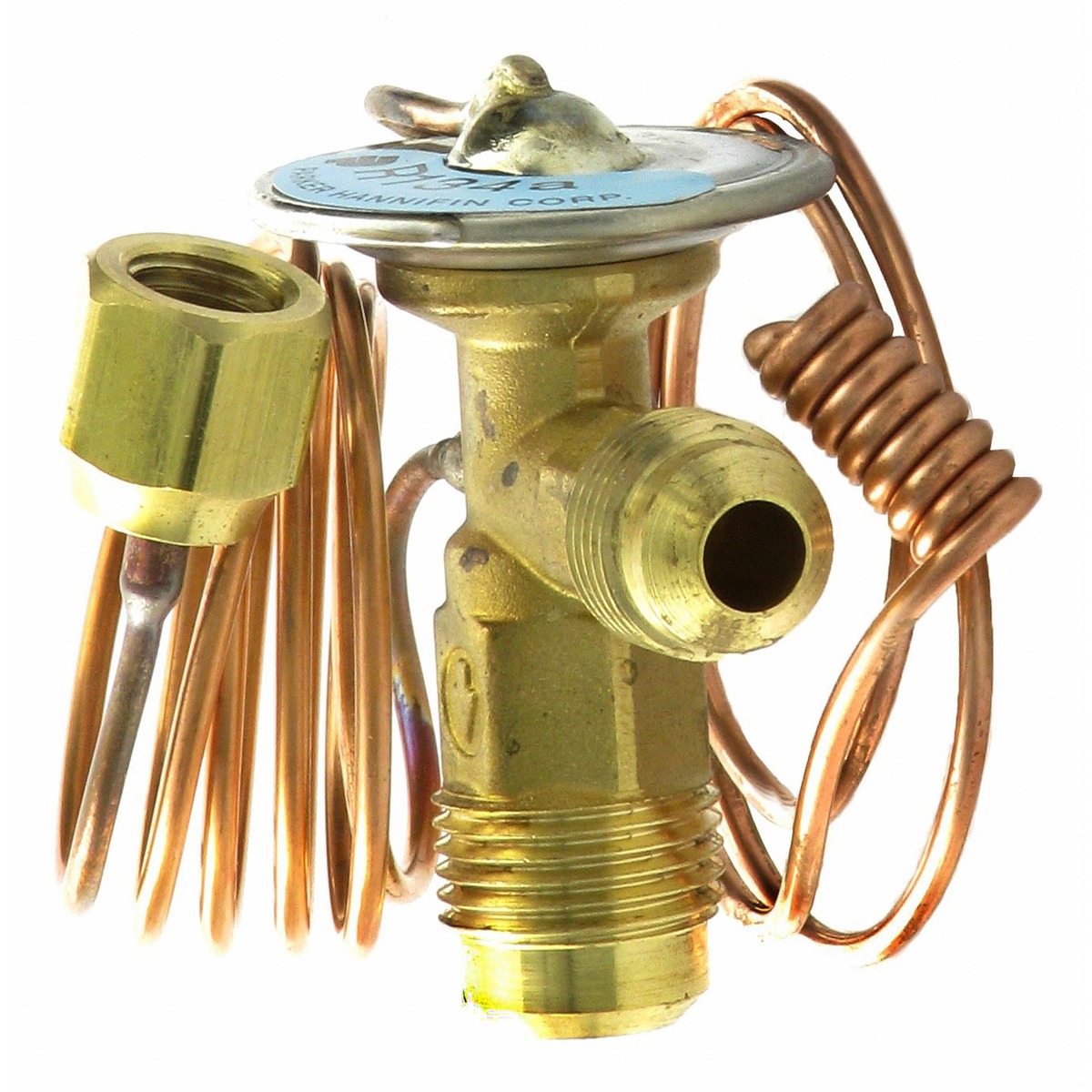
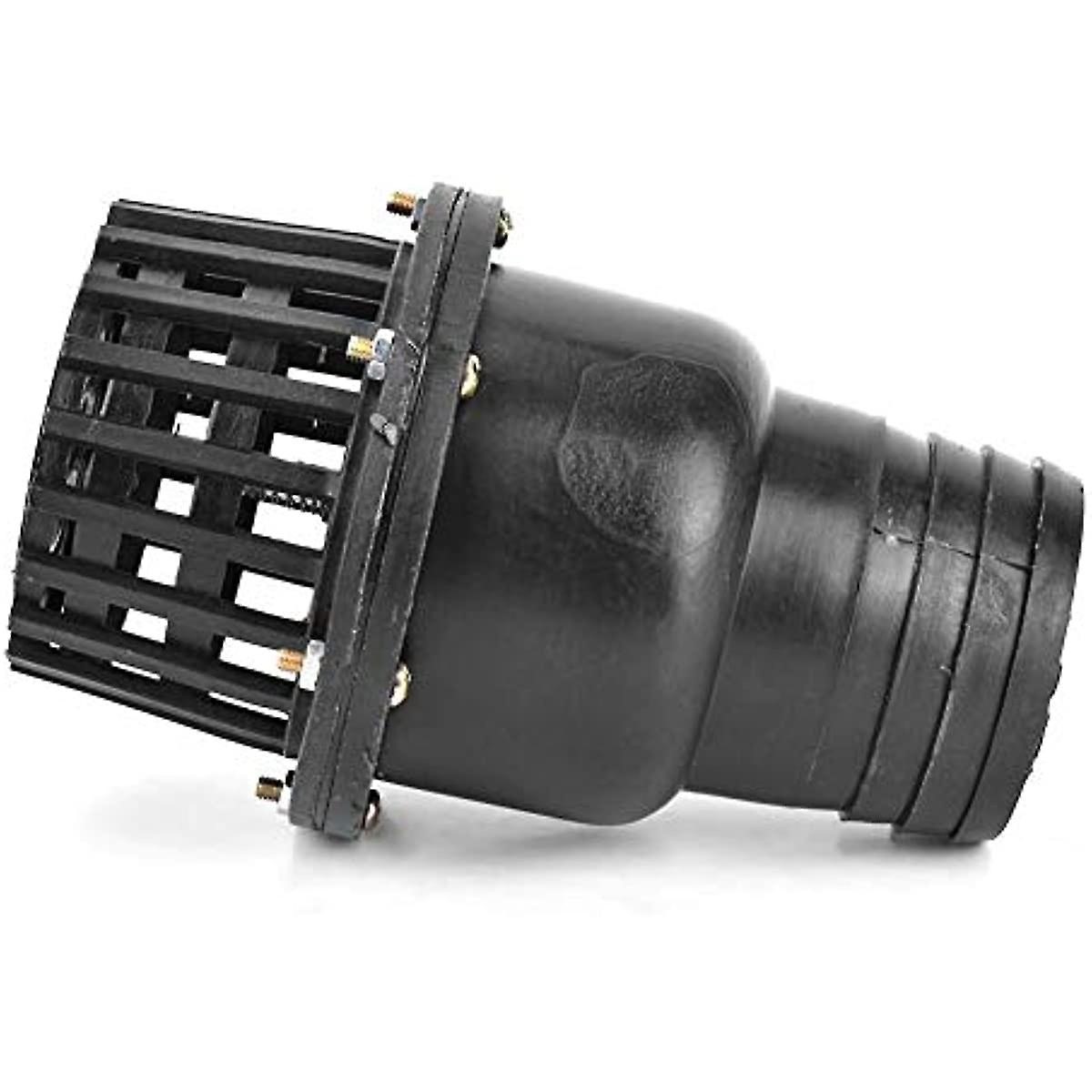
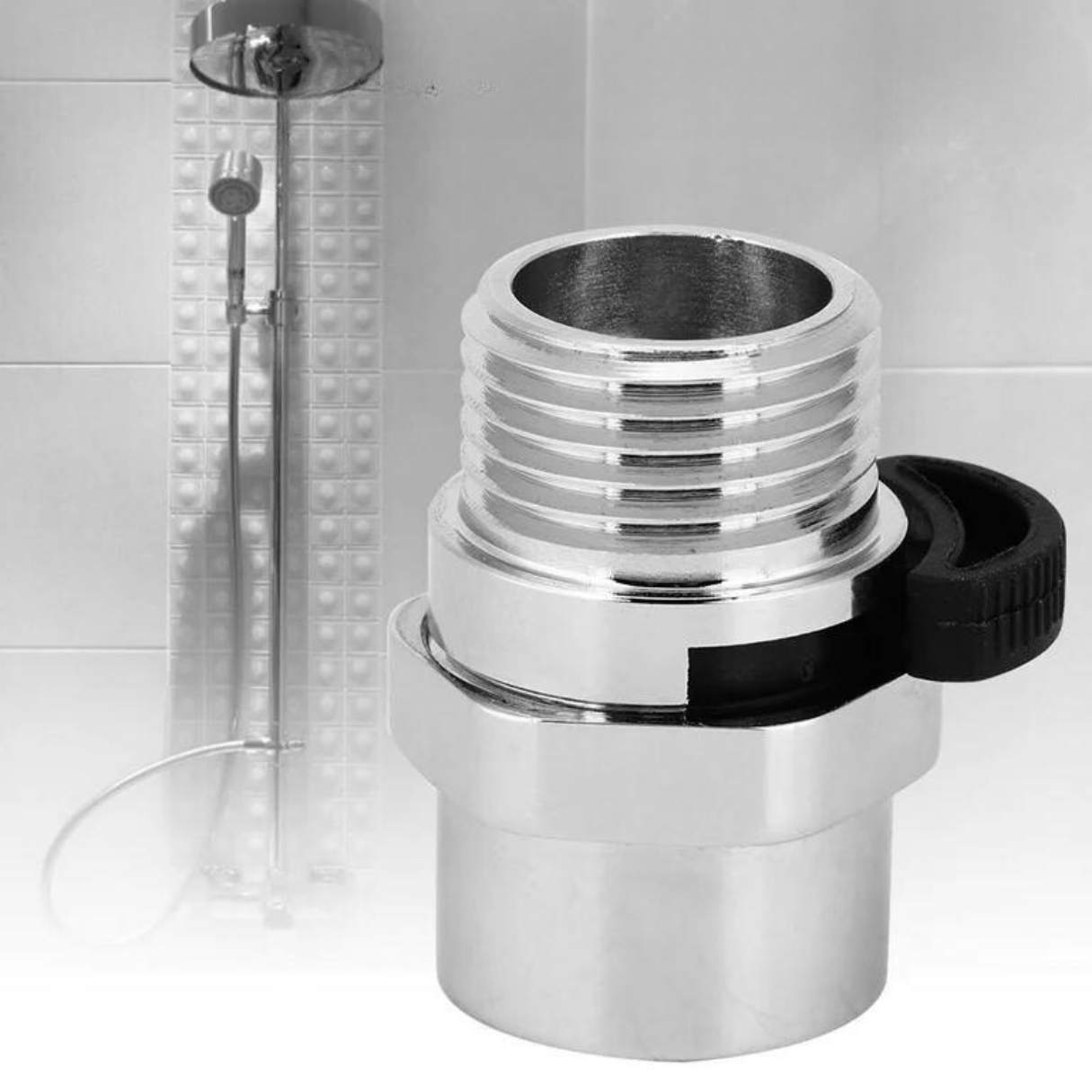
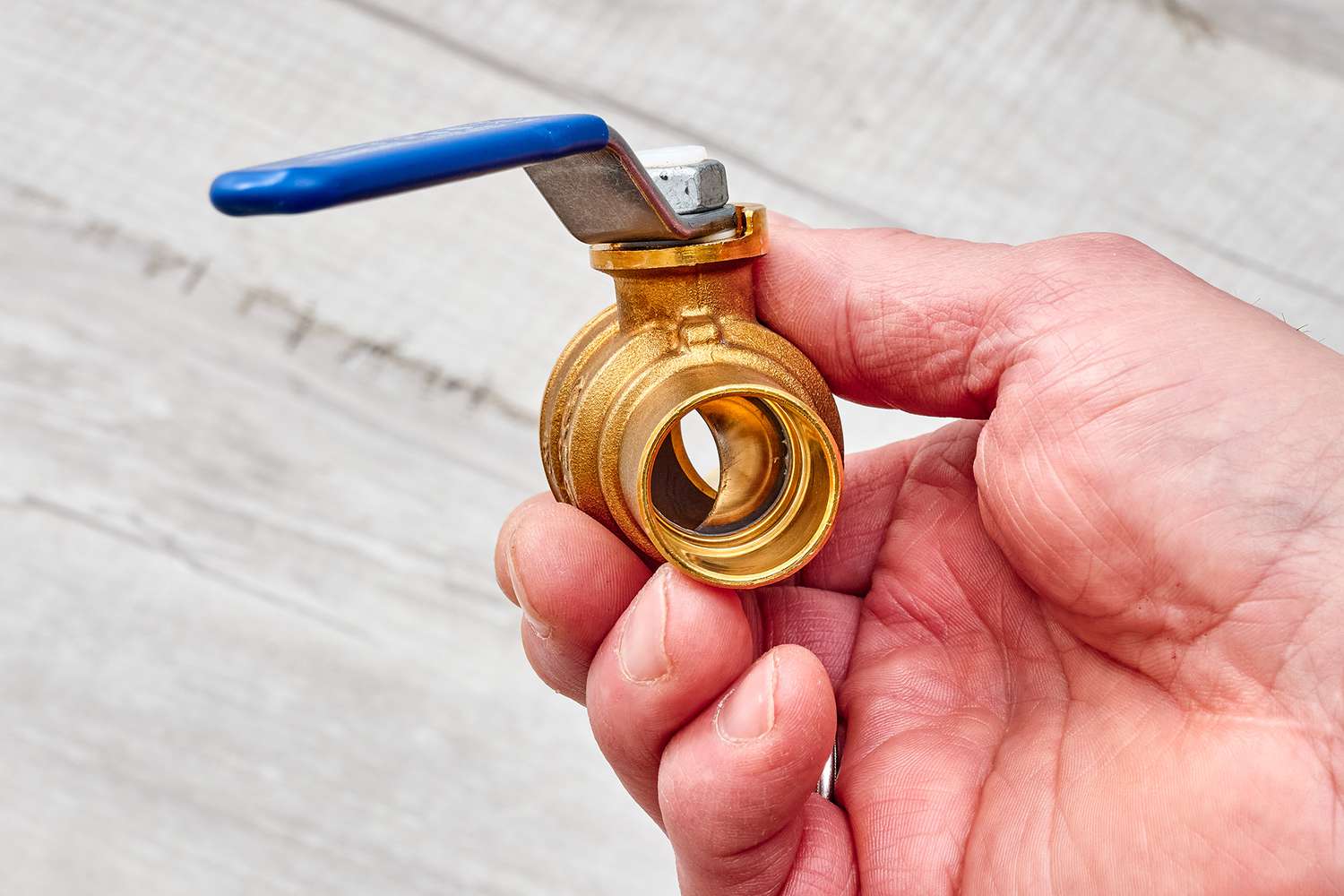

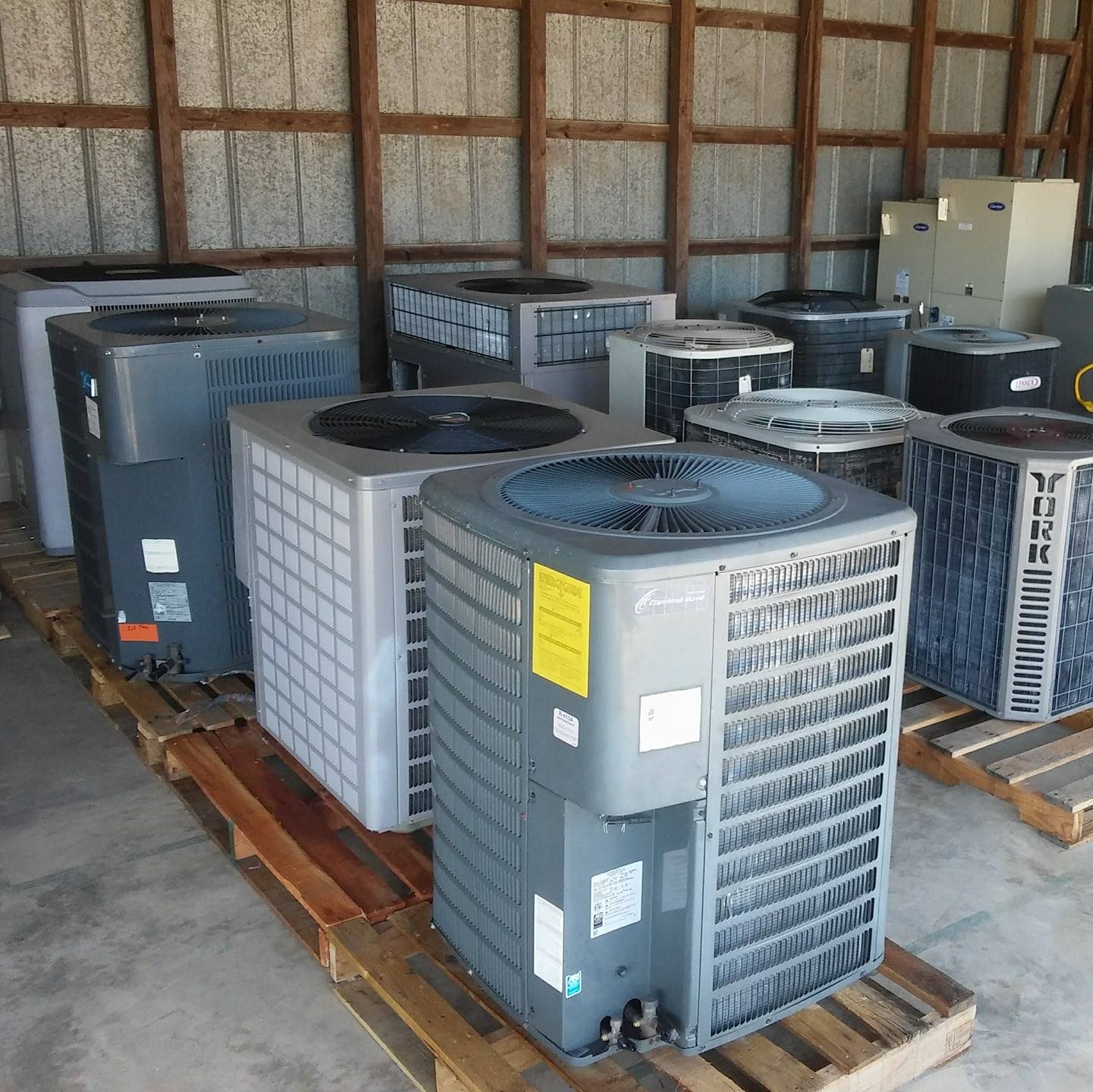

0 thoughts on “What Is A Schrader Valve Used For In HVAC”